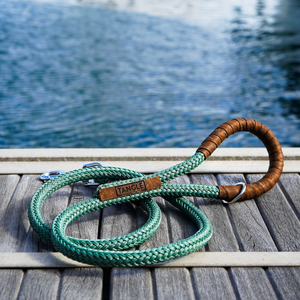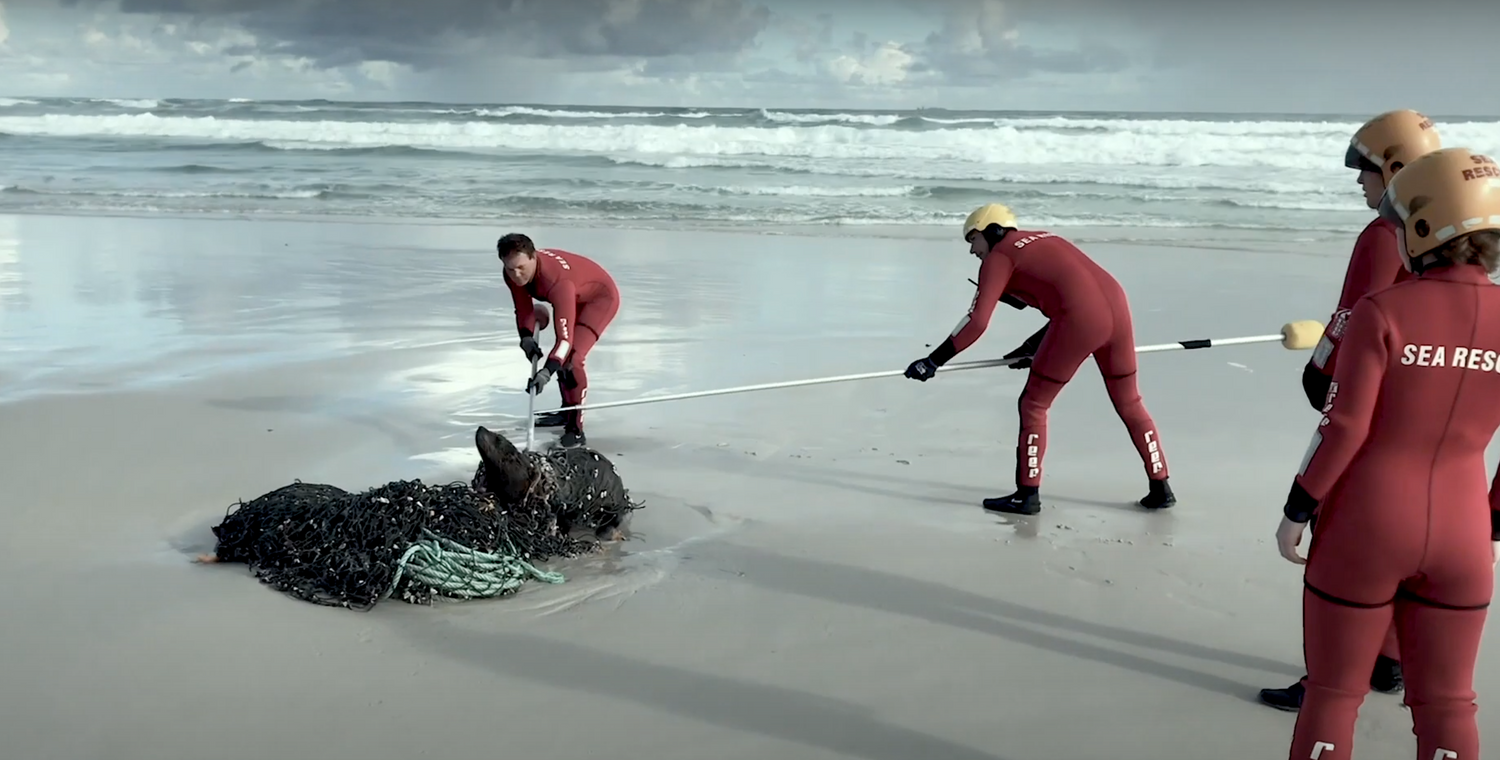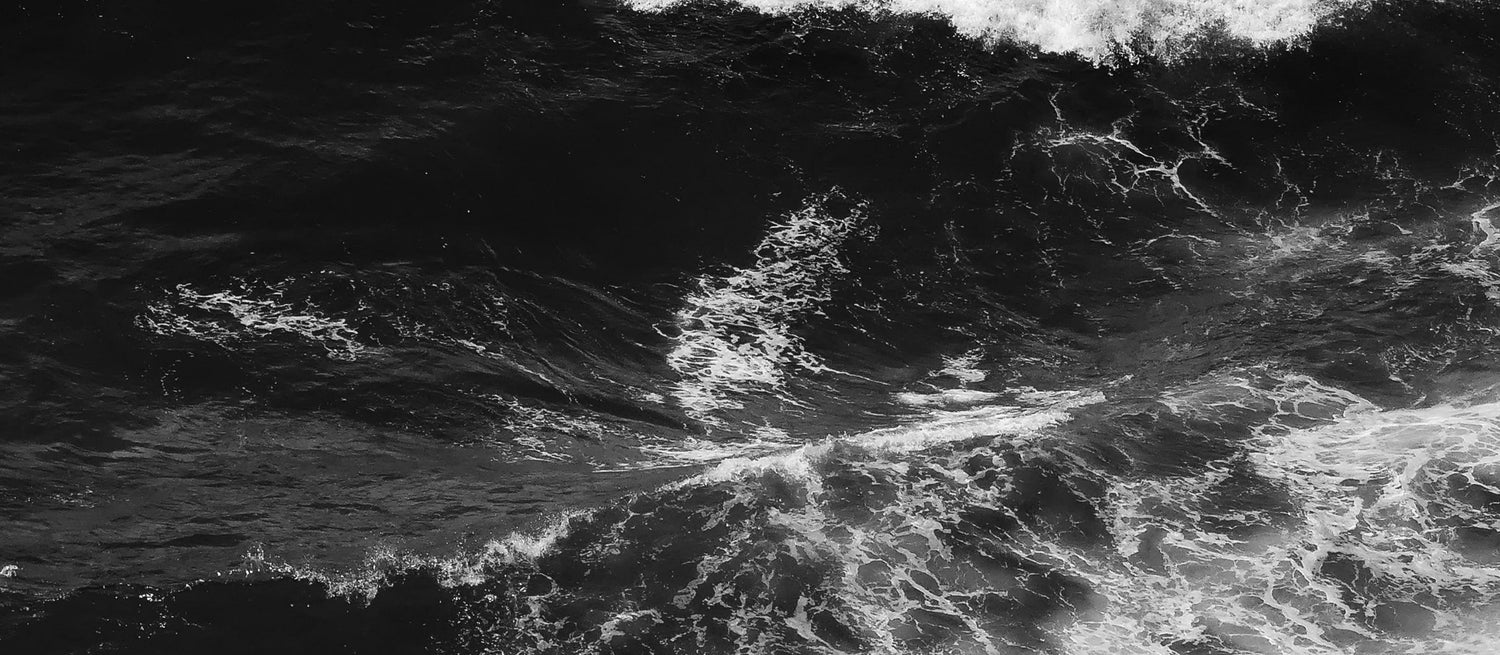
time for change. We're here to Stop ghost nets
Ghost nets are fishing nets that have been lost, abandoned or dumped in the ocean. 640,000 tonnes of the stuff are discarded every year, making up nearly half of the plastic in our oceans.
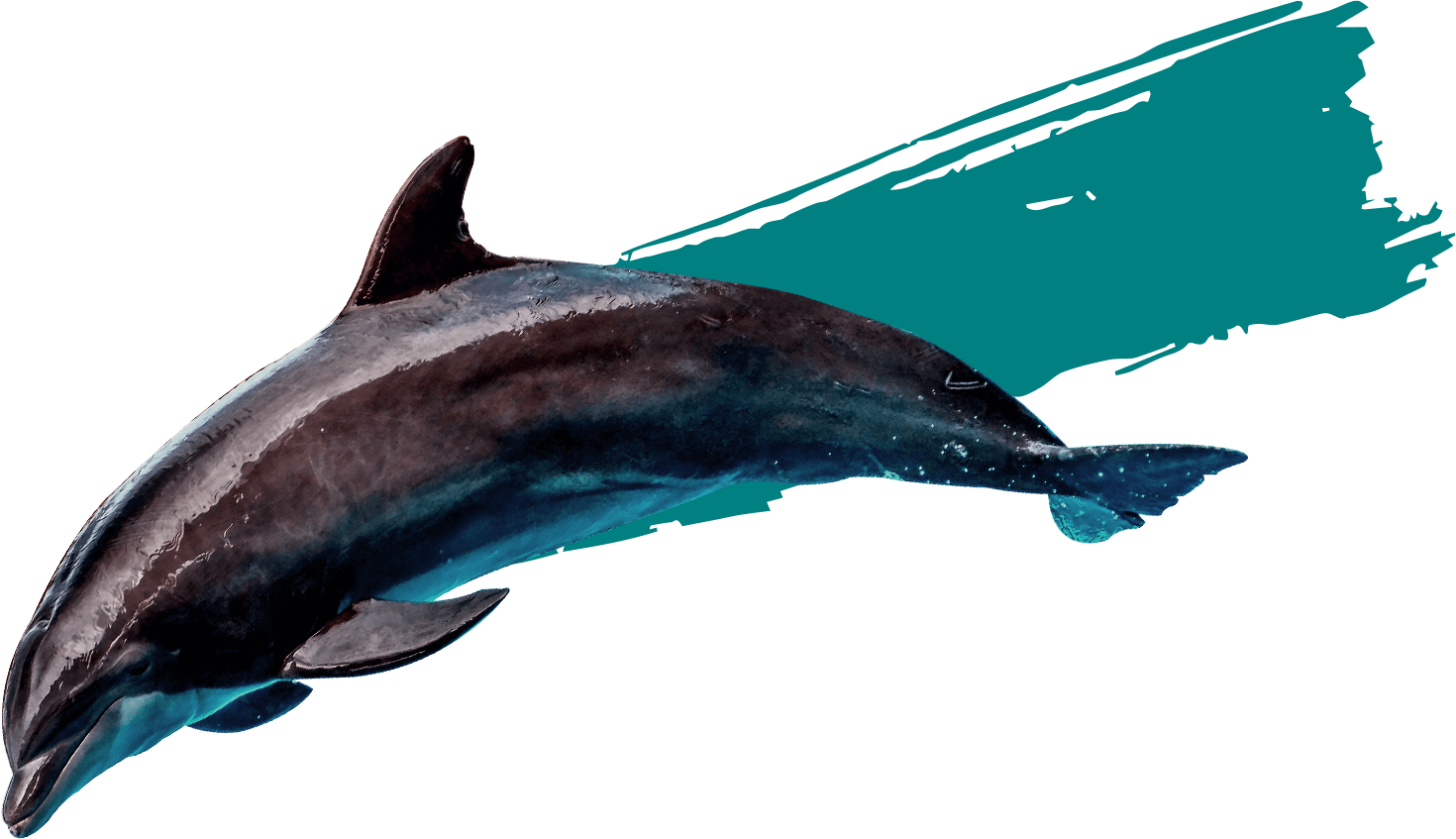
The ghost net problem:
The silent killer of our seas
Ghost Nets can be massive - up to six miles long. These discarded nets entangle and kill everything in their path from shrimp and starfish to turtles, dolphins, and whales - at an annual rate well into the millions.
Often made from harsh plastics that take centuries to degrade, these nets tangle on rocky reefs or drift across the open seas. Small fish get trapped, larger sea species try to feed on them and get trapped themselves. Eventually the net sinks to the ocean floor where it’s picked clean. Then it rises to the surface and the whole cycle begins again.
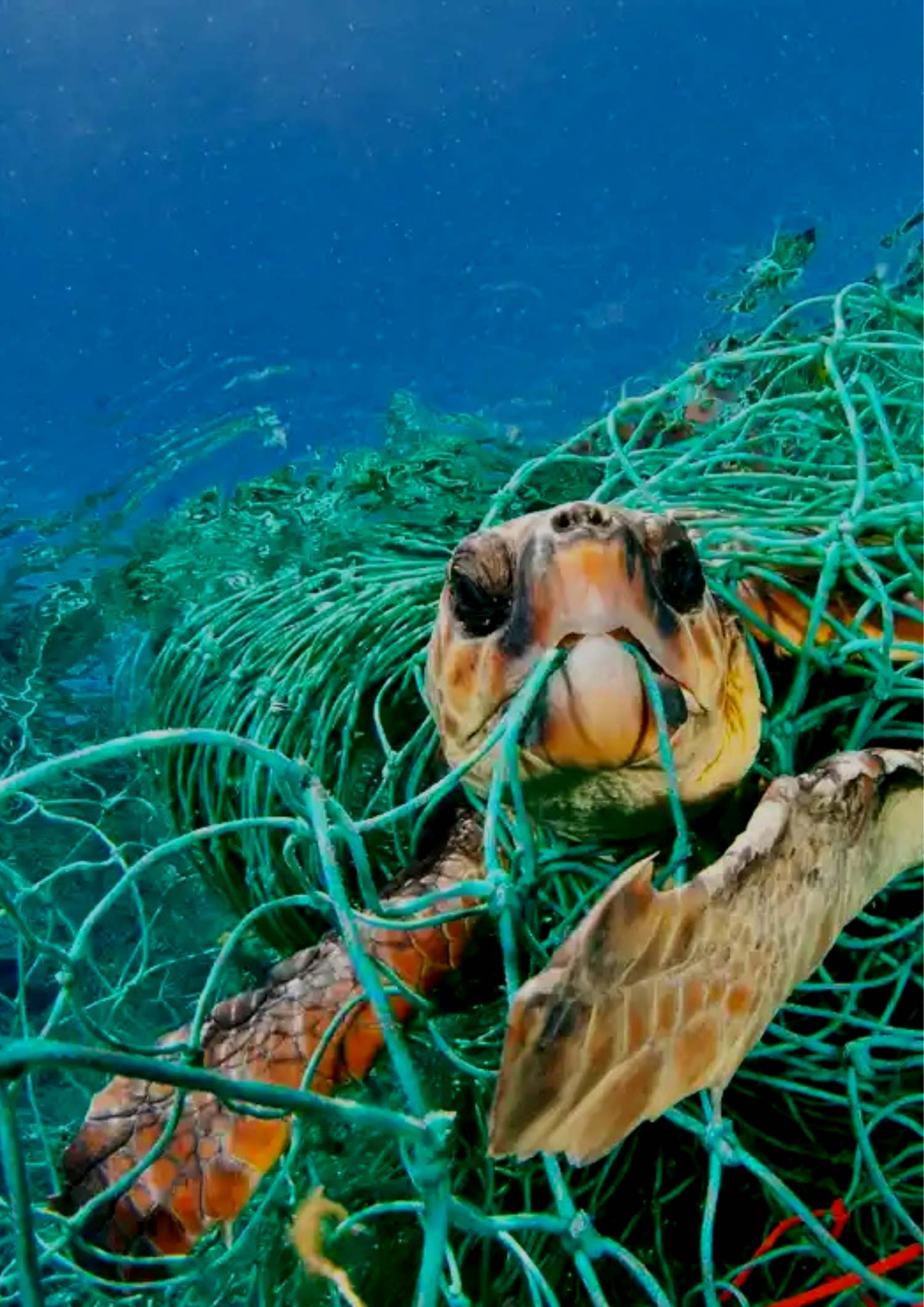
So How do fishing nets
become ghost nets?
1. Lack of access to affordable recycling facilities. It’s often cheaper and easier to dump unwanted fishing gear overboard instead of bringing it back to shore - basically, fly-tipping at sea.
2. Poor weather conditions. Dislodged fishing gear results in fishers struggling to find their nets upon their return.
3. Destructive fishing techniques. Bottom trawling (scraping the seabed of all life), will often cause nets to snag and break on the seafloor.
Due to the time and effort required to retrieve lost nets, fishers don’t bother and simply buy new.
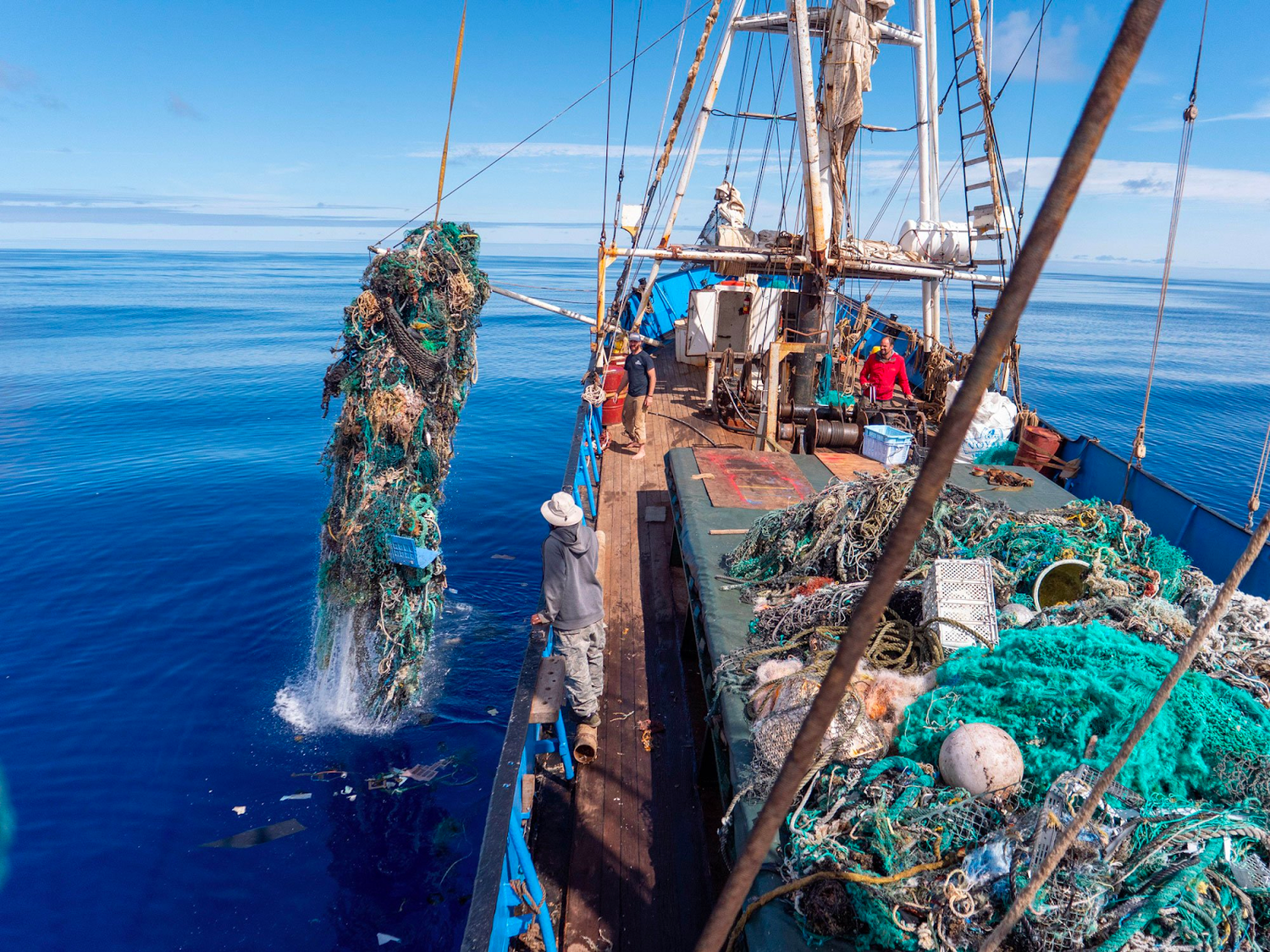
What we're doing about it
Dog products from fishing nets!
We kept hearing how deadly these nets were on marine life and so we thought - if these nets are so tough, why not use that to our advantage?
We couldn’t quite believe just how good a fit this material is for dog products: waterproof & non-stink, strong & chew-proof, built to last and more importantly… sustainable!
By turning these fishing nets into dog products, we’ve created a system that incentivises fishers to bring their nets back to shore and allows us to work towards stopping ghost nets at source.
